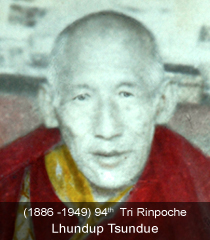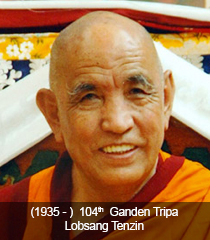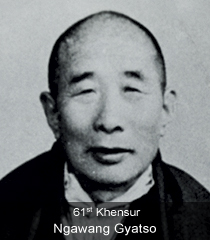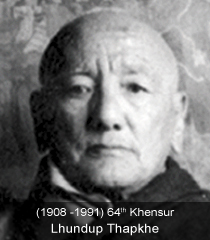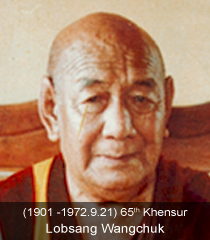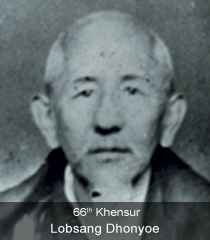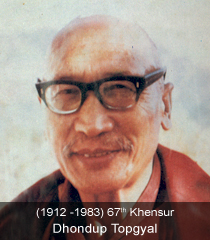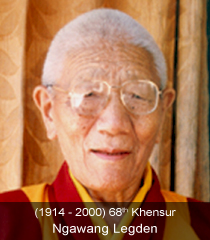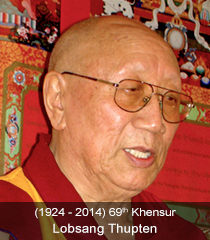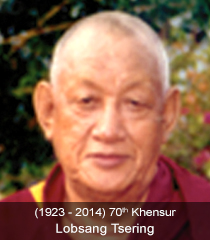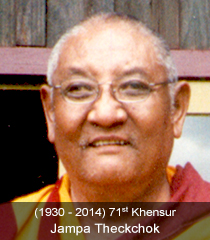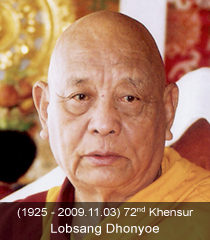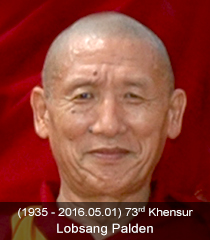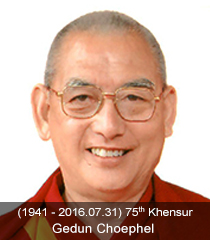Khangtsens are house (hostel) sections of the Monastery. Each member monks are affiliated to one Khangtsens in the monastery according to the individual's regional affiliation., ie. which is affiliated to the region of ones origin. And each new comer is placed in a specific Khangtsen according to his place of origin.
This system of Khangtsen or Hostel Division & its representation signifies organization of high quality, which facilitates in maintaining the diverse pupils and especially new comers to live with fellow folks, thus avoiding hardship & inconvenience to individuals in vocal language & other related problems.
This traditional system of maintaining Khangtsen/hostel division is still practiced to this day. Before 1959, at Sera Jey Monastery there were 21 different Khangtsens, each representing specific regions of Tibet. However, since the re-establishment of the Monastery at exile in India, the total no of Khangtsen has been merged to 14 nos.
| The list of 21 Khamtsen that were existent in Tibet before the 1959. | ||
| 01. Samlo | 08. Gomde | 15. Aepa |
| 02. Hardong | 09. Lawa | 16. Nyalpo |
| 03. Jardel | 10. Denma | 17. Dhagpo |
| 04. Tehor | 11. Ngari | 18. Tsethan |
| 05. Drati | 12. Tagmo | 19. Guge |
| 06. Tsawa | 13. Tsangpa | 20. Pethung |
| 07. Lhopa | 14. Gyaljed | 21. Zangskar |
| The present and existing list of 14 Khangtsens | ||
| 01. Samlo | 06. Tsawa | 11. Ngari |
| 02. Hardong | 07. Lhopa | 12. Tsangpa |
| 03. Jadrel | 08. Gomde | 13. Dhagpo |
| 04. Tehor | 09. Lawa | 14. Tsethan |
| 05. Drati | 10. Denma | |



